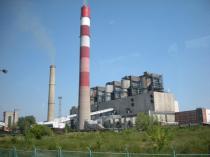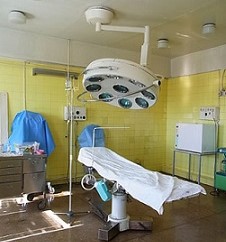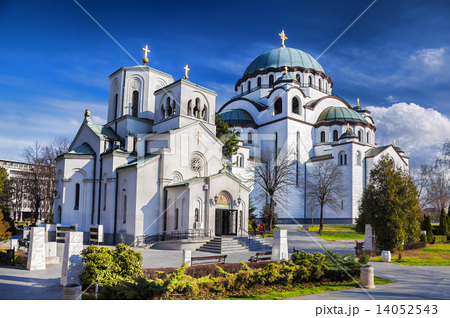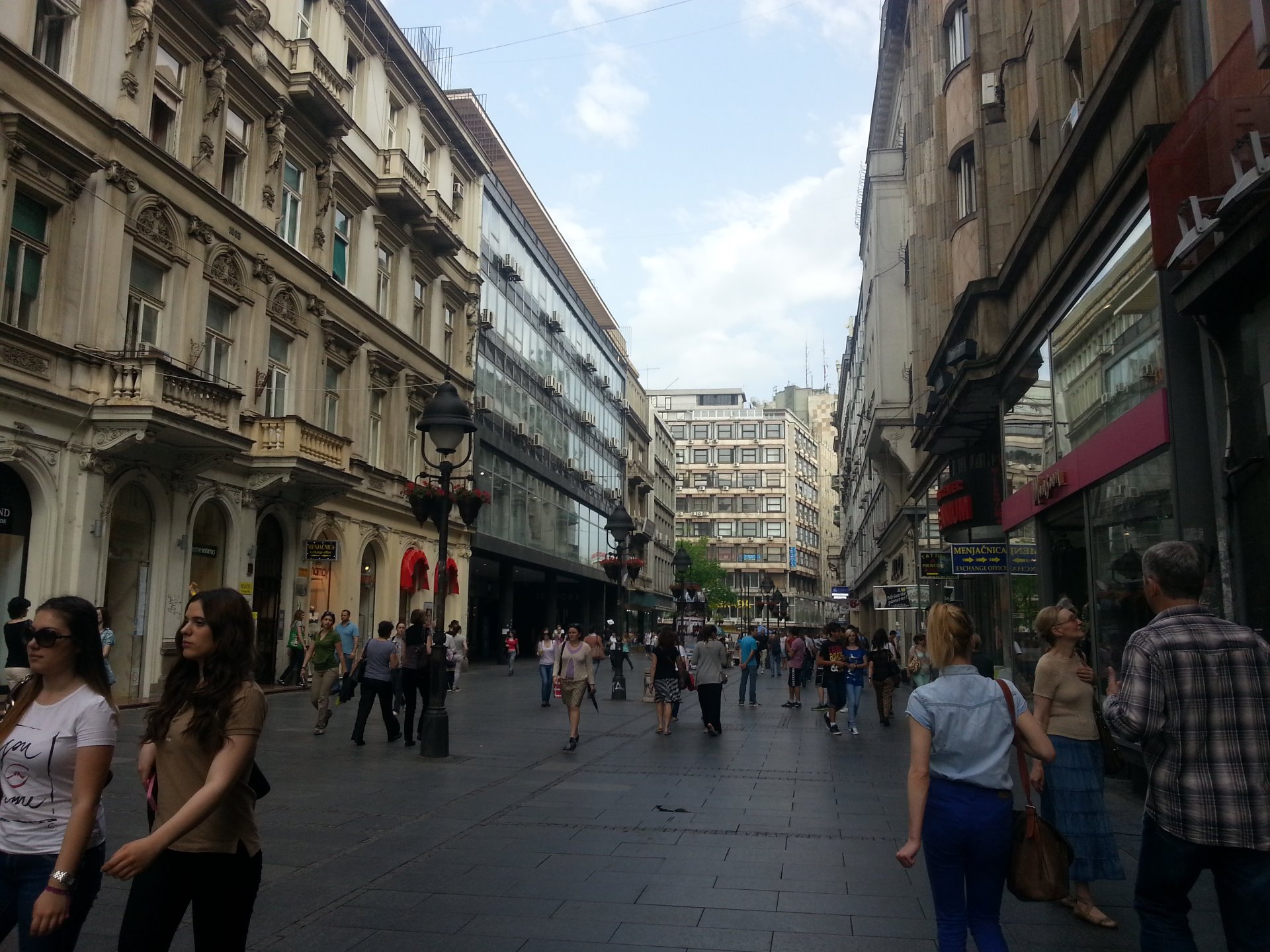
'Assistance for Loan Program in Europe'
Special Assistance for Loan Program in Europe (Advisor 2013-2014): Serbia and Bosnia-Herzegovina are working towards EU membership and are making efforts to align their regulations with EU laws and environmental standards. In this context, Japan provides support in Bosnia-Herzegovina, such as implementing toxic substance removal and desulfurization equipment for coal-fired power plants to meet EU standards, and in Moldova, Japan is assisting in the optimization of medical systems in core hospitals, leveraging advanced technologies equivalent to EU standards. REDES supported the implementation of JICA's funded projects in Serbia, Bosnia and Herzegovina, Albania, and Moldova.
セルビアやボスニア・ヘルツェゴビナは, EU加盟を目指しEU法規・環境基準に合致する法規の整備に取り組んでいるため, 日本はボスニアヘルツエゴビナでの石炭火力発電所排煙の有毒物質除去脱硫装置やモルドバでの中核病院の医療体制の効率化など, EU基準に匹敵する高度技術を活かした支援を提供しています。レデスはセルビア, ボスニアヘルツエゴビナ, アルバニア, モルドバの国際協力機構JICAの有償資金協力事業の実施をサポートしました。
The photos (from left): The construction projects of desulfurization equipment for the Ugljevik Thermal Power Plant (Bosnia and Herzegovina, L/A 2009), Nikola Tesla Thermal Power Plant (Bosnia and Herzegovina, L/A 2011), and the medical service improvement project in Moldova (facility and support equipment, L/A 2013) (all ©JICA).
写真は左より、(ボスニア・ヘルツゴビナ)ウグレビック火力発電所排煙脱硫装置建設事業 (L/A 2009), ニコラ・テスラ火力発電所排煙脱硫装置建設事業 (L/A 2011), 右2枚はモルドバ医療サービス改善事業(L/A2013) (施設と支援機材)(すべて©JICA)






What sort of country is Serbia?
A country with a diverse and vibrant arts and culture, born from various interactions among nations and ethnicities.
Country Introduction: Serbia is an inland country located on the Balkan Peninsula. From the medieval Serbian Kingdom in the 7th century to the autonomous Ottoman Principality, the Kingdom of Yugoslavia, and the period after the Second World War leading to its independence in 2006, Serbia has undergone a history of prosperity, conflicts, and independence, all contributing to its development. Through exchanges and conflicts with neighboring countries, Serbia has embraced a wide array of art and culture, including Byzantine, Baroque, Gothic, Romanesque, and Postmodern styles. As a result, in the capital city, Belgrade, one can witness these diverse architectural styles side by side.
Presently, Serbia is working diligently towards its political and economic development, with the goal of EU membership. After gaining independence in 2006, Japan provided assistance to Serbia for public transportation development by supplying bus vehicles. These buses are still actively operating in the city of Belgrade. During the Great East Japan Earthquake, Serbia offered substantial support, further deepening the friendship between Japan and Serbia.
お国紹介:セルビアはバルカン半島に位置する内陸国で、7世紀の中世セルビア王国時代からオスマン帝国自治公国, ユーゴスラビア王国, そして第二次大戦から2006年の独立に至るまで, 繁栄・戦い・独立の変遷を経て発展を遂げてきました。周辺国との交流や紛争をつうじて, ビザンチン, バロック, ゴシック, ロマネスクそしてポストモダンといった画一されない芸術文化を受け入れたため, 首都ベオグラードではこれら建築様式を同時に見ることができるのです。現在はEU加盟を目指した政治・経済の発展に尽力しています。2006年の独立後に日本はセルビアに公共交通整備を支援するためバス車両を供与し, このバス車両は現在も活発にベオグラード市内を走り続けています。東日本大震災の際にはセルビアから多くの支援が寄せられており, 日本とセルビアの友好関係はさらに深まっています。
Photos from left to right: Oldest hotel in Belgrade, "Hotel Moskva," public buses running in the city (©JICA), and Saint Sava Cathedral in Belgrade.
写真左から: ベオグラード最古のホテル"モスクワホテル", 市内を走る公共バス(©JICA), ベオグラードのサワ大聖堂。



歴史散歩:かつて, セルビア, ボスニアヘルツェゴビナ, アルバニアは,モンテネグロやコソボとともに<ユーゴスラビア王国>を形成していました。ボスニアヘルツェゴビナ紛争やコソボ紛争などのたび重なる内戦を経ながら分離独立し, 現在のバルカン半島諸国がつくられたのです。セルビアの首都ベオグラードにはいまも風情豊かなローマ時代の石畳の道が残るとともに、紛争期に放たれたNATOの空爆の跡も見られます。空爆の跡は, 苦難の歴史を語る証として, 又その歴史を忘れずにおく重要な記憶となるように, 保存され続けているのです。(右写真:ベオグラードの街並み)

© REDES INC. All Rights Reserved.
